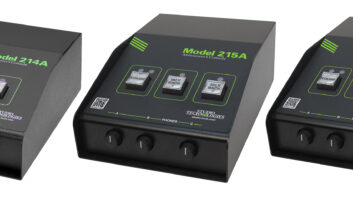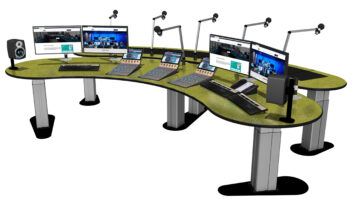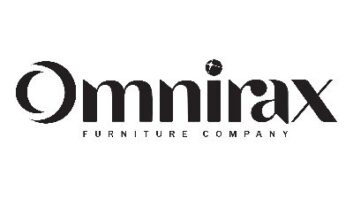If you think of chartreuse and lime color swatches when you hear the phrase, “going green,” don’t miss The NAB Radio Show session “Green-Tuning Your Facility,” Sept. 28, 10:30–11:45 a.m.
(click thumbnail)Peter BloomfieldPresenters Peter Bloomfield and Mark Motl of Bloomfield & Associates Architects will be on hand to discuss ways that broadcast studios can “go green” — namely reducing energy consumption, while helping the planet and cutting costs in the process. They are also co-authors of the book “A Face for Radio: Radio Station Planning and Design.”
Bloomfield said it is difficult to say what the average small- or large-market station spends on energy, as each facility operates differently and energy costs can vary based on whether the station rents or owns the facility, whether it cools the facility, etc. But, he said, with thoughtful, strategic construction interventions and a change in attitude from station employees committed to lessening energy consumption costs from daily operational matters, energy consumption can be cut by 15–20 percent.
LITTLE THINGS MEAN A LOT
Motl said the first step in “going green” is adjusting the attitude of the employees in the workplace; that is, getting their mindset in gear towards reducing their individual carbon footprint. Once simple daily procedures like recycling and shutting off electronics become priorities, and then common practices, the station as a whole will seek out additional ways in which to function in a “greener” manner.
Bloomfield said attitude builds a “foundation of willingness” to make larger changes down the road. For instance, when it needs new furniture, the station may evaluate “green” options; examine its heat and cooling changes; or make changes to the building’s façade and landscape. Every little change adds up, he said. If the “willingness” is well defined, it can become part of everyday decision making.
(click thumbnail)Mark MotlBut does it cost money to save money? Bloomfield said some “green” options are initially more expensive, but last longer or eliminate the need for other changes down the road, and that one needs to consider the life cycle of a building and how overall savings are evaluated.
Also, some green technologies are continually developing. Motl points to energy-efficient light bulbs, for example, which were initially more costly than their energy-inefficient counterparts, making some people reluctant to purchase them. But, he noted, the price on “green” light bulbs is decreasing, and he expects other products and procedures to follow similar trends.
So, what can your station do to minimize traditionally “un-green” facility practices? For starters, one immediate and simple thing is to chill on the AC.
Motl said broadcast facilities frequently “super cool” their stations — that is, over-air-condition year-round, which is not necessary, as stations can take advantage of simple technologies to vacate air, thus more efficiently maintaining optimal studio temperatures. “Un-green” station practices also include poor personal daily waste management, i.e., copious amounts of office waste not recycled; or disposing of electronic equipment inappropriately, as this equipment may contain toxic materials.
Bloomfield & Associates Architects said many clients have voiced an interest in this trend, although few have insisted upon a “green” facility at the building/design level. More often, clients seek ways in which to tweak operational procedures to increase energy efficiency and reduce the carbon footprint of the station. Bloomfield and Motl suggest changes on the operational level such as office recycling, proper disposal of trash and heating/cooling efficiently. Hey, if they are not already on motion sensors, get the janitorial service to turn out the lights at night!
And with the current social trend toward energy and environmental conservation, going “green” has the potential to be integral to a station’s “brand identity,” though Motl and Bloomfield agree that the worth of this may depend upon the listening audience.













